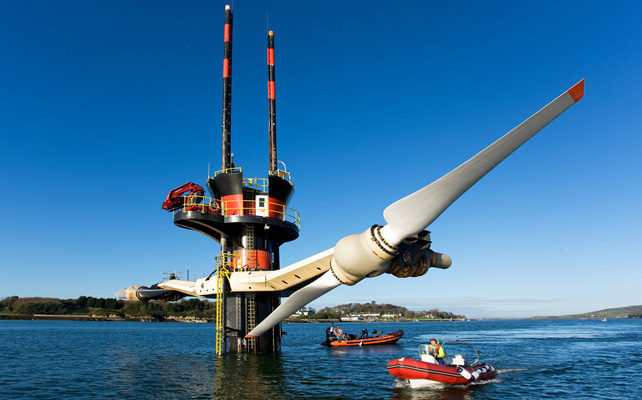
The quest for energy began long before recorded history: when that ancient ancestor lit the first fire. To this day, that quest continues. And while fire alone is approaching the end of its value to us all, wind, solar, and air are ready to take its place.
In 2008, the SeaGen project was commissioned, nestled into the mouth of a loch that sees mammoth amounts of water passing through every day – around 800 million gallons in total. This very same loch was home to the first known tide mill, dated around 787 AD.
Primarily, this was a research project four times more powerful than any comparable technology before it. However, unlike its predecessors, it was connected to the grid: even after the initial 5 year project had come to an end, it continued to provide energy until 2017, breaking all previous records of similar nature.
The installation was decommissioned, and the technology sold to Atlantis Resources.
And so the quest continues. With the technology and research now in the hands of a Europe-wide generator of sustainable energy, SeaGen will serve as the template for future installations of an even more impressive kind.
Tidal energy in general is an immensely promising source, occupying space that otherwise has no other infrastructural purpose. The other blade to this double-edged sword is the challenges this infrastructure poses; research projects like SeaGen ensure that future development is environmentally, economically, and technologically responsible.

 (2 votes, average: 4.00 out of 5)
(2 votes, average: 4.00 out of 5)